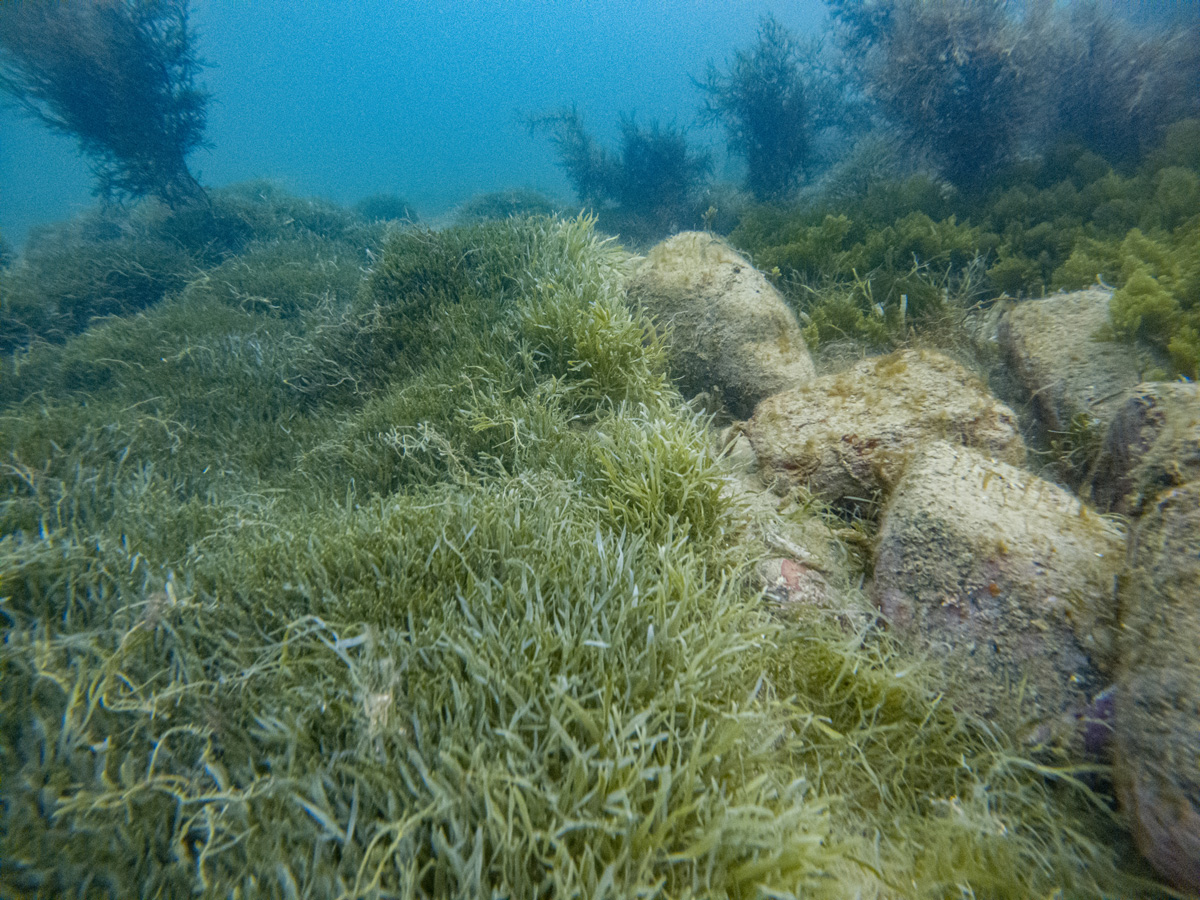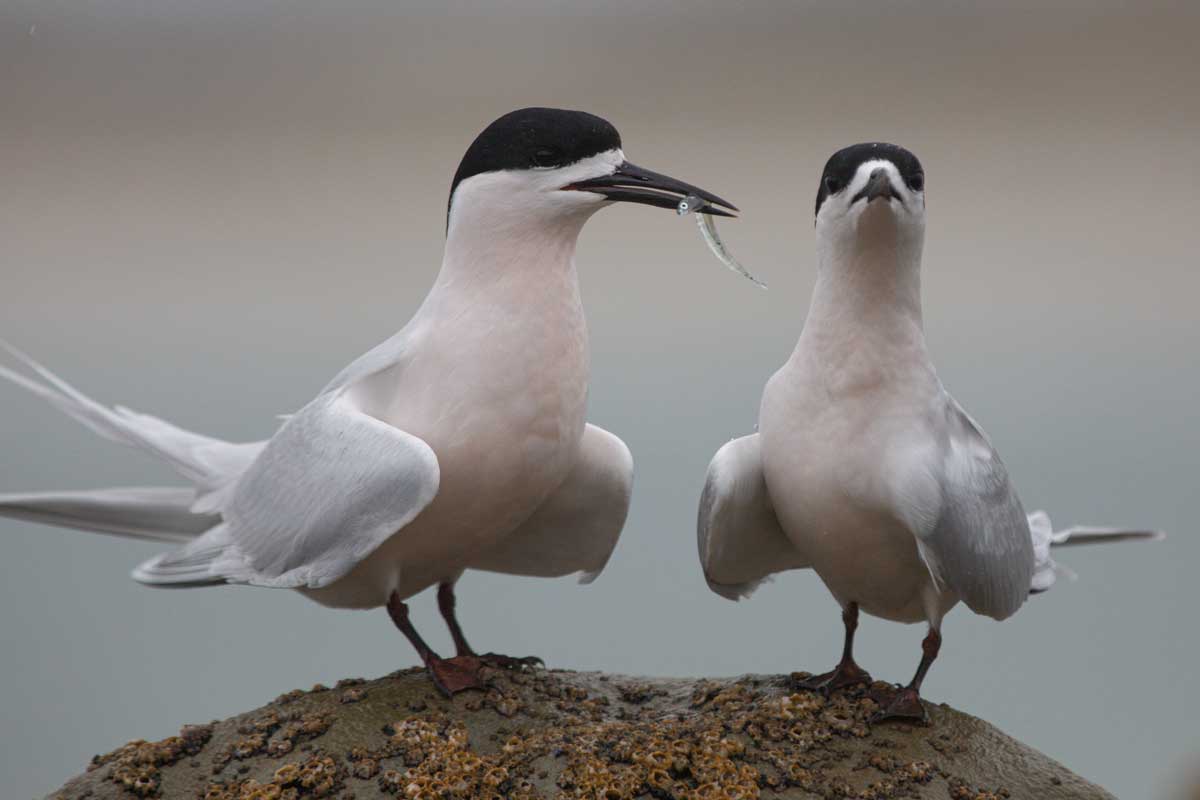The NZ Institute of Economic Research (NZIER) final report to the Hauraki Gulf Forum has been released. It states that the value of the Hauraki Gulf’s ecosystem services and natural capital is estimated to be more than $5 billion dollars each year, taking into account its commercial, cultural, social and recreational value.
This latest report ‘Exotic Caulerpa and the Hauraki Gulf: Assessing the ecosystem services at risk’ looks at how a widespread, uncontrolled invasion of exotic caulerpa will impact that value – and the findings are alarming.
The quantifiable impact of exotic caulerpa is estimated to cost up to $109 million on commercial and recreational fishing, with a cost of up to $45 million on our biodiversity.
“I love our harbour, and I hate wasting money. I’m a boatie before I’m Mayor and I have already put a heap of advocacy into cleaning up this invasive weed. To see this huge financial cost, it’s extremely frustrating,”
says Mayor Wayne Brown.
“The good news is, through kiwi ingenuity we’ve found solutions through dredging and the like, but I still believe everyone could be doing more in this space. These costs provide an economic argument for this.”
There are also a number of ecosystem services where the impact of caulerpa isn’t quantifiable – including increased costs associated with extra cleaning and maintenance for our ports, shipping and cruise tourism, as well as negative impacts on our aquaculture, recreation and carbon sequestration across the gulf.
While these findings are just a starting point, with further local field research on the impacts of exotic caulerpa ongoing, it is unlikely that this local research will show a lower-risk profile to this invasive seaweed – meaning these current impact estimates are likely a ‘best case scenario’ for the future of the Gulf.
Impact of caulerpa
Forum Co-Chair Nicola MacDonald, who also co-chairs the Exotic Caulerpa National Advisory Group, welcomes the Government’s recent announcement of a $10 million funding boost to further develop tools and techniques to tackle exotic caulerpa.
“Among the challenges facing the Hauraki Gulf, the spread of the invasive exotic caulerpa is the greatest threat facing our marine ecosystem, smothering vital marine habitats, threatening the biodiversity and fisheries of the Gulf. Working together, we can arrest the spread of exotic caulerpa and protect the Gulf from future incursions,” says Forum Co-Chair Nicola MacDonald.
The Government’s cash injection comes at a critical stage and makes an important contribution to the containment and removal of Caulerpa, complementing the Forum’s three-pronged approach:
- Sustained management, ongoing funding and a coordinated strategy involving all stakeholders
- Diverse responses suited to different environments
- Community education and awareness to enable rapid responses.
Commercial and recreational fishing impacts
- When it comes to commercial and recreational fishing, exotic caulerpa crowds out fish nurseries and limits feeding opportunities for fish.
- This puts between a quarter and a half of species at risk by impacting their ability to spawn and feed, with three of the top five commercial species at risk – blue mackerel, snapper and trevally.
Biodiversity impacts
- International evidence indicates that an invasion of exotic caulerpa can crowd out native seaweed and seagrass species, disrupts the existing food chain, and forms dense monocultures on the seafloor, colonising fish nurseries and inhibiting the growth of fish populations.
- It also shows a clear link between an invasion of exotic caulerpa (in this instance Caulerpa Taxifolia) replacing native seagrass and biodiversity decreases, including decreases in species richness and fish biomass.
Protecting the Gulf
While the spreading of exotic caulerpa across the Gulf is the most immediate and pressing issue for the Gulf at the moment, this invasive seaweed comes at a pivotal moment: the Gulf is already in trouble.
Climate change, marine heatwaves, acidifying waters and more frequent storms all pose serious natural threats to the Gulf; and our human impacts of decades of destructive fishing practices, land-based runoffs and population growth have consistently degraded the Gulf.
The Gulf is in dire need of protection and restoration, and eradicating Caulerpa needs our immediate attention to ensure we are on the path towards restoring the Gulf to its former glory.

Read the full report:
Exotic Caulerpa and the Hauraki Gulf
Assessing the ecosystem services at risk




